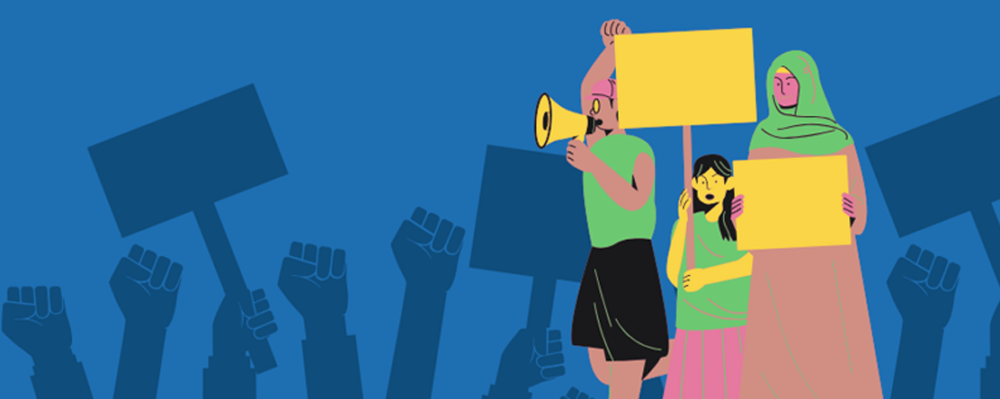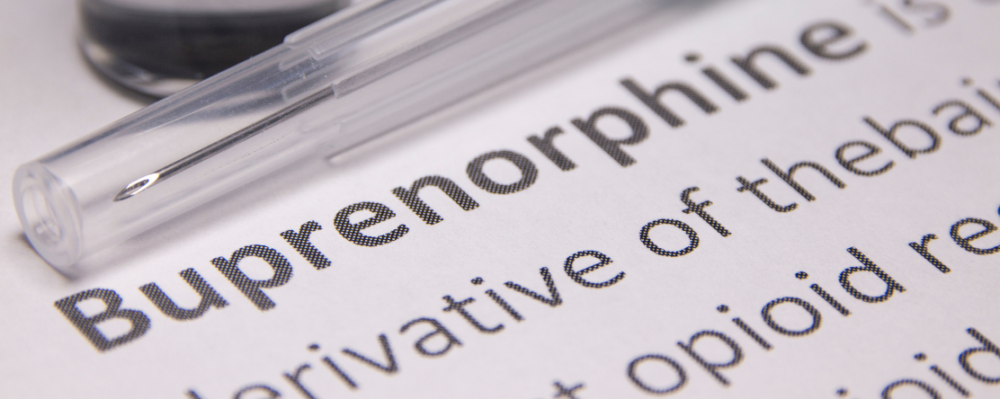
Press Release
New COVID-19 Study Finds More Drinking, But Fewer Drinkers
-
Issues
Alcohol -
Programs
Alcohol Research Group -
Strategic Initiatives
COVID-19

Emeryville, CA — A new study published in the journal, Alcoholism: Clinical and Experimental Research, found that alcohol consumption patterns changed significantly during the COVID-19 pandemic, when compared to the pre-pandemic period.
While the proportions of the population that was drinking and drinking with a risky pattern declined, particularly among men, there was a substantial increase in the proportion of the population who drank every day and who reported symptoms of moderate to severe alcohol use disorder.
- In age-group specific pre-post comparisons, the largest and most significant changes were experienced by people ages 35-49. This group showed an 82% increase in alcohol volume—due in large part to having more days where five or more drinks were consumed—and a 62% increase in the rate of self-reported moderate or severe alcohol use disorder.
- African Americans and women reported particularly large increases in the total amount of alcohol they drank, compared to pre-pandemic reports.
The new research, was led by investigators at the Alcohol Research Group, a program of the Public Health Institute, in collaboration with RTI International. The study is one of the first longitudinal studies to measure COVID-19 drinking behaviors at two different time periods: one before and one after the pandemic began.
Research findings indicate that during the first year of the pandemic (April 2020 – March 2021), the average number of alcohol beverages that a person drank increased compared to the prior year, and this included more frequent drinking, more consumption of spirits and hard liquor, and more consumption of wine by women.

The overall increase in alcohol volume was driven by people drinking more often than previously, which could be because of increased stress and anxiety due to the pandemic and people having more free time, with less time spent commuting, traveling, and attending social events. The higher rates of consumption in the population, and particularly among African Americans, women and those in the age group 35-49, is concerning.William Kerr
Lead Study Author
African Americans experienced more health and social consequences from COVID-19 than other racial and ethnic groups. The study team speculates that increased trauma due to long-standing racism that has not been addressed in communities and systems were just some of the many stressors that could have contributed to an increase in alcohol use for African Americans in the study.
Women overall, were also more vulnerable to COVID-19–related effects such as job loss and were disproportionally burdened by responsibilities at home compared to men. These factors could have led to an increase in alcohol use among women. The 35-49 group may have been most impacted by changes in work situations along with stress related to familial responsibilities and reduction in at-home support.
“The COVID-19 crisis seems to have accelerated recent behavioral trends of people consuming more spirits and slowly rising alcohol sales. This should be a concern for public health as studies have already shown much higher rates of alcohol-related morbidity and mortality in 2020 which will continue if we don’t take action by strengthening alcohol polices, looking at how systemic racism impacts a person’s physical health as well as addressing mental health needs,” Kerr added.
The study team calls for changes to alcohol policies such as increasing taxes and reducing availability, measures that could help curb consumption and reduce health and social harms that have been exacerbated by COVID-19.
The full study is available here.
__
Support for this paper was provided by the National Institute on Alcohol Abuse and Alcoholism (NIAAA) under award number P50AA005595 (W.C. Kerr, PI) at the National Institutes of Health. The content is solely the responsibility of the authors and does not necessarily represent the official views of the National Institutes of Health.
More Updates
Work With Us
You change the world. We do the rest. Explore fiscal sponsorship at PHI.
Support Us
Together, we can accelerate our response to public health’s most critical issues.
Find Employment
Begin your career at the Public Health Institute.



